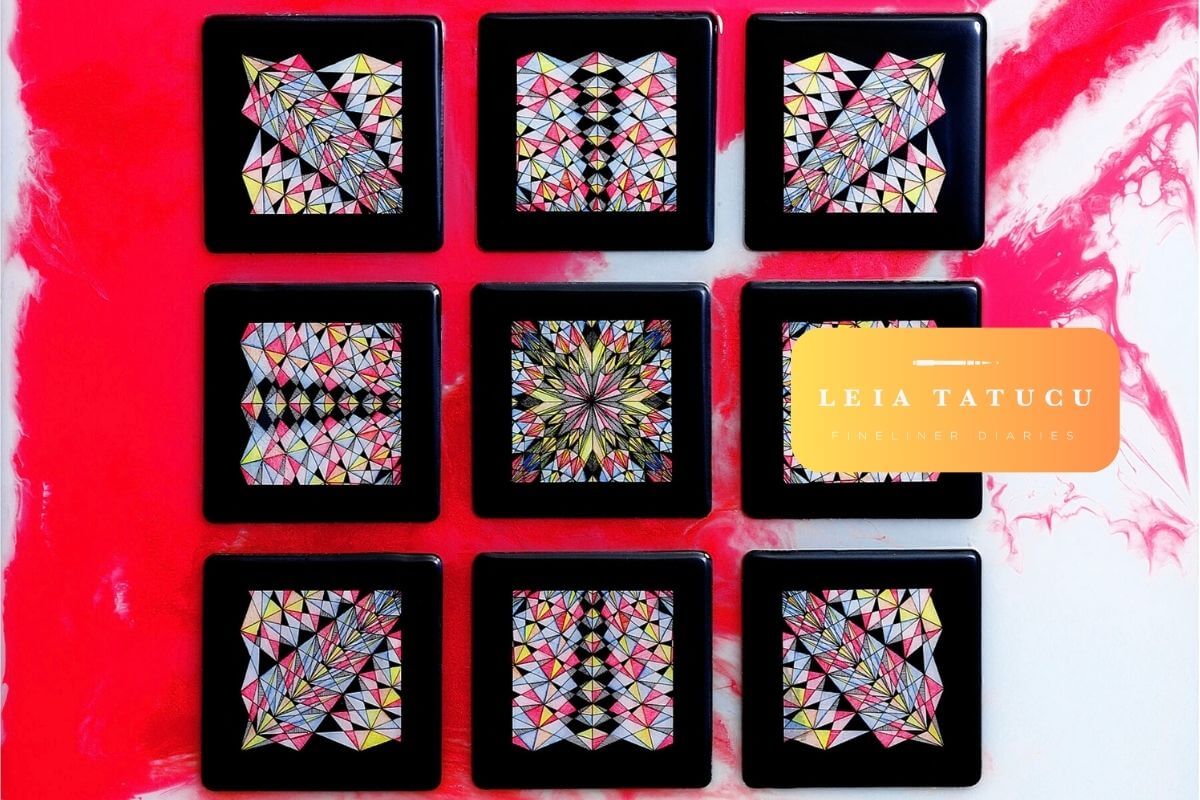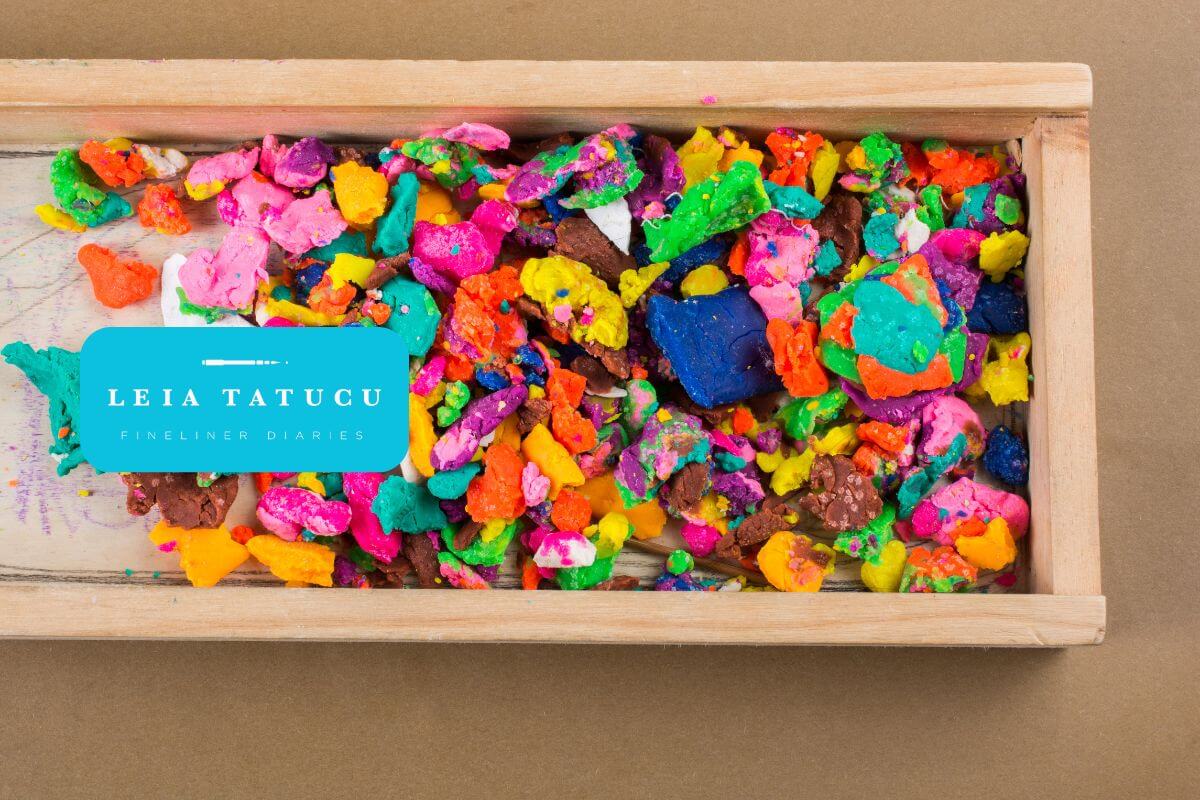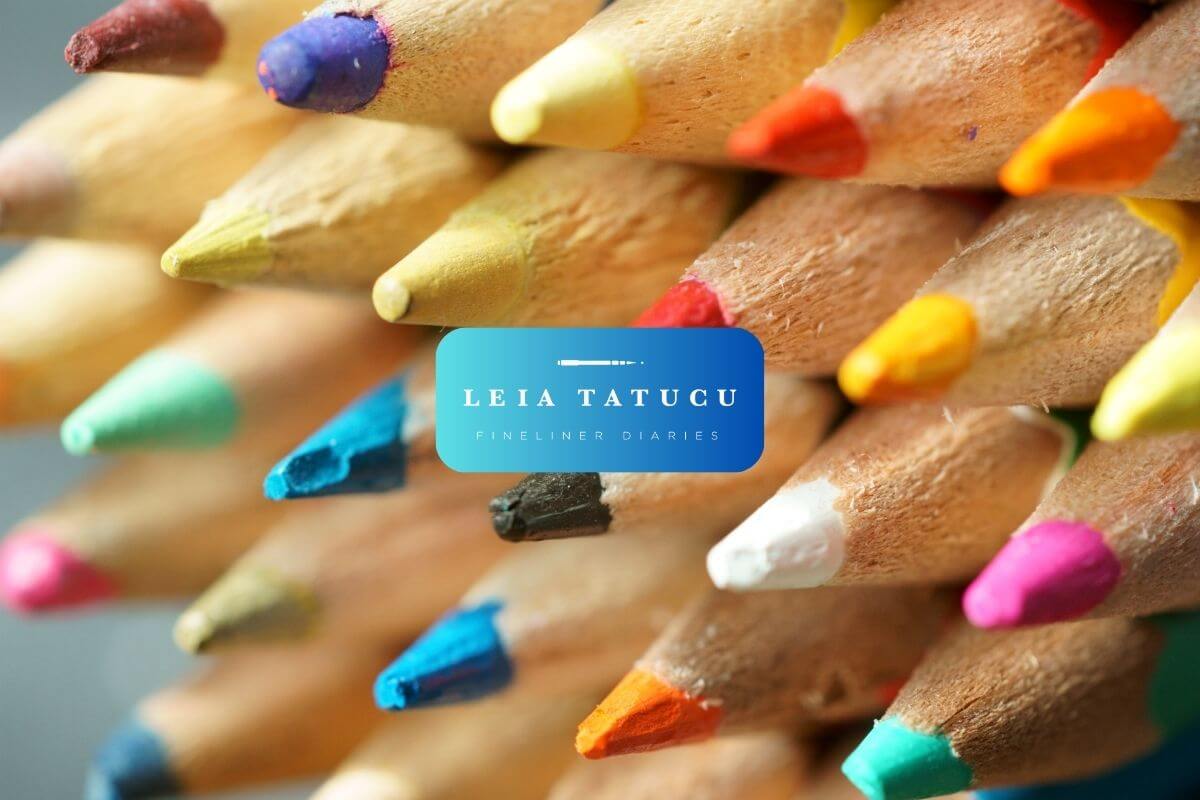
Unlocking Creativity: Balancing Structure and Freedom
Last week, I had a discussion about balancing my creative practice with my full-time job in industrial construction. During the conversation, I talked about how discipline and freedom work together to foster creativity without creating unnecessary pressure. Afterward, the topic stayed with me, prompting further reflection on the importance of balancing structure and flexibility in sustaining a creative process.
Balancing structure and freedom is a challenge many artists and creative professionals face. Achieving harmony between discipline and spontaneity can feel difficult, yet it often leads to more authentic and rewarding creative outcomes. For example, every creative act—whether it’s a painting, a piece of writing, or a photograph—emerges from a combination of intention and intuition.
This raises an important question: how do you set clear goals for your work while also leaving room for unplanned inspiration? Finding this balance isn’t always easy, but it’s a crucial part of maintaining creativity in the long term.
Why Balance Matters in Creativity
Creativity thrives on freedom, but chaos alone rarely leads to meaningful output. On the other hand, being overly rigid can stifle innovation. The key lies in blending the two. Structure provides a framework for consistency, while freedom injects the spark of individuality and inspiration into our work.
For those drawn to art and self-expression, finding balance often mirrors the broader patterns of life. As the artist behind Fineliner Diaries, this duality is a recurring theme in my work. Creating provides a sense of control, especially during unpredictable times, while also offering a way to process emotions and embrace spontaneity. Through my art, I communicate feelings that are otherwise difficult to express, blending structure and freedom to find meaning.
By understanding the dynamic interplay between order and freedom, we can cultivate a creative practice that is both sustainable and deeply fulfilling.

How to Set Goals Without Losing Spontaneity
1. Start with a Vision, but Stay Open to Evolution
Setting goals doesn’t mean restricting yourself to a single path; instead, think of them as a compass guiding your direction rather than a detailed map. For example, your goal might be to complete a painting series within three months or explore a particular theme, like alternating geometric patterns with floral motifs, as seen in some of my work. These objectives act as guiding principles, but it’s important to remember that creativity often takes unexpected turns. Allow room for surprises and the natural evolution of your art.
2. Schedule Creative Time, but Allow for Play
Discipline often shines through in how we prioritize our time, and dedicating consistent energy to our creative pursuits is essential for steady growth. For me, this means carving out time for the art studio, even while balancing the demanding hours of my role as a project manager. Art has become my sanctuary—a space to recharge, reflect, and reconnect with myself.
That said, not every creative session has to feel like work. Some days, inspiration may be elusive, or exhaustion might take over—and that’s perfectly okay. On those days, it’s important to lean into what feels enjoyable or simply allow yourself the rest you need.
Make time for experimentation. Explore a new technique, play with unexpected color combinations, or sketch something completely outside your comfort zone. These moments of curiosity and exploration can spark growth and breathe new life into your creative journey.
3. Create Frameworks, Not Rules
Rather than imposing rigid rules, establish flexible guidelines for your creative projects. For instance, if you're an artist developing a collection or series, choose a unifying theme or color palette to connect the pieces. However, avoid over-controlling every detail—each stroke and shape should flow naturally. This balance between structure and freedom provides cohesion while preserving authenticity.

4. Celebrate Progress Over Perfection
Perfectionism can often result in feeling stuck or drained creatively. Shift your mindset from aiming for “flawless” work to appreciating progress and experimentation. Each piece, whether polished or not, brings you closer to developing a unique voice and style.
5. Use Rituals to Ground Creativity
Rituals can help you transition from everyday tasks into a flow state. This might mean starting your session with a cup of coffee as you contemplate your materials, or turning on a playlist that inspires you. Rituals provide small moments of structure that can nurture creativity without feeling restrictive.
6. Reflect and Refine
At the end of a project, take time to reflect. What aspects of your process brought out the best in you? What felt draining or stifling? Consider journaling your thoughts or even sketching your ideas for future improvements. This merging of self-awareness and planning helps you refine your approach to balance in the long term.
The Impact of Balance on Our Work
Integrating structure and freedom into our creative practice can transform not only our work but also the way our creativity flows. Consider my “Threads of Heritage” series as an example—it intertwines stories of tradition and identity, exploring the profound influence of cultural roots on modern life. Each piece strikes a delicate balance between intricate craftsmanship and heartfelt storytelling, creating art that is both deeply personal and authentically resonant.
This harmony enriches not only our creative process but also the way others connect with our work. Art collectors, in particular, are often captivated by pieces that blend unique spontaneity with consistent craftsmanship, offering a meaningful and layered experience.

Finding Our Balance
Finding the balance between structure and freedom isn’t a one-time decision—it’s an ongoing journey of experimentation, growth, and adaptation. Just as life evolves with new challenges and transitions, so does our creative practice. Embrace this evolution, and don’t shy away from recalibrating when needed.
To refine your creative habits, start by reflecting on these questions:
- Are the boundaries I’ve set nurturing my work, or are they holding it back?
- Do I find joy not only in completing my projects but also in the process of creating them?
- How can I invite more playfulness and curiosity into my practice?
Remember, the most impactful art often emerges from the dynamic interplay between deliberate intention and spontaneous instinct.

Explore Your Creative Journey
Whether you're an emerging artist, a seasoned professional, or a passionate collector, creativity is a deeply personal journey—equal parts fulfilling and transformative. In my view, art isn’t just about producing objects; it’s about discovering purpose, embracing control, and finding joy in the midst of life’s unpredictability.
What steps will you take to strike the perfect balance between structure and freedom in your creative process? I’d love to hear your perspective. Share your thoughts in the comments or take the first step today toward reshaping your creative practice.





Leave a comment
This site is protected by hCaptcha and the hCaptcha Privacy Policy and Terms of Service apply.